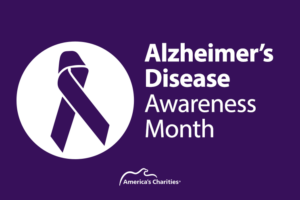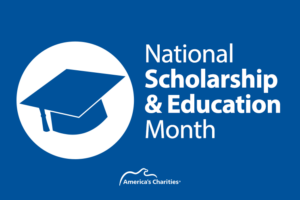Sarah Ford | October 31, 2013
One Year Later, Sandy Survivors Continue to Rebuild
By Delaney Gracy, Chief Medical Officer
One year ago, Superstorm Sandy barreled into the New Jersey coastline, bringing 80 mile-per-hour winds and a record-breaking surge of floodwaters.
It was a scary night for all of us in the path of the storm. But it’s hard to comprehend what those in the hardest-hit areas went through.
In low-lying areas of Brooklyn, some parents carried their children as far as a mile through waist-deep water to reach higher ground. Some watched helplessly as the relentless storm destroyed their homes.
Unlike floodwaters, traumatic experiences like these don’t recede in a few days or weeks.
Months after the storm, some kids were still too afraid of the ocean to take part in the joyous ritual of summer days at the beach. Meanwhile, many families still struggle with housing problems. Some have begun to rebuild, only to see mold overtake the new construction. Others spent their insurance money on repairs and were later told they may have to raise their homes to meet new flood requirements – at significant cost to their already depleted budgets.
A year later, communities are fighting to become whole again. “It seems like one in five houses is still abandoned,” one grandmother recently reflected. “Some people are just now moving back in. Others still have not.”
Children’s Health Fund reached out soon after the storm to help Gerritsen Beach residents deal with the emotional aftermath of disaster. A year later, we’re still there – committed to helping families heal as they rebuild their homes and lives.
A History of Helping
Children’s Health Fund has a long history of disaster relief dating back to 1992, when Hurricane Andrew struck Florida. Over the years we’ve responded to the 9/11 attacks, Hurricane Katrina, and the Deepwater Horizon oil spill. And we have stayed with these communities for the long haul; in fact, we established permanent programs in South Florida and the Gulf Coast after finding that the need for medical and mental health care in those areas persisted long after the initial disasters.
In the first few weeks after Sandy, our mobile clinics in New York and New Jersey provided emergency care. When the immediate need subsided, we partnered with our colleagues at the National Center for Disaster Preparedness at Columbia University to identify areas in continued need of help. After traveling the coastline, analyzing FEMA claims and talking to families, we chose two hard-hit communities: New Jersey’s Brick Township and Brooklyn’s Gerritsen Beach.
In Brick Township, our mobile medical clinic provided much-needed primary care in the first months after Sandy. In August 2013, after other sources of care became available, we assumed the role of advisor and assistant to our community partners there.
In Gerritsen Beach, we’ve continued to provide mental health services to families whose lives were upended by the storm. Psychologist Paula Madrid, who led our mental health responses to 9/11 and Hurricane Katrina, has built a team that operates out of our mobile mental health clinic. In its weekly visits, the team offers
- individual, family and group counseling
- case management
- mental health education
- coping kits of therapeutic toys for kids, and
- community outreach and events.
The Road Ahead
The one-year anniversary of the storm brings back painful memories. Many kids in Gerritsen Beach look back on last Halloween as a time of stress and chaos instead of costumes and treats.
The local elementary school has asked Children’s Health Fund to provide a happier Halloween this year. Our day of fun at the school will include giveaways, arts and crafts, games, lunch, stress management and coping sessions, and lots of photos (since many families lost their pictures in the storm.)
While the people of Gerritsen Beach still face many difficulties, they’ve shown a resilience and grace that inspires us every day. Many of them face another challenging year – but they’re moving forward as fast as their circumstances allow. We’re committed to continue working with them as they rebuild their homes, their lives and their community.
Read more on Sandy recovery efforts from our colleagues at the National Center for Disaster Preparedness.
See NY1’s story about the candlelight ceremony marking the one-year anniversary in Gerritsen Beach.
Get Resources and Insights Straight To Your Inbox
Explore More Articles
Open Position: Customer Service Coordinator (Remote-Part Time)
Position Title: Customer Service Coordinator (Remote – Part Time) Department: Charitable Funds Management Solutions We are a non-profit charitable organization looking for skilled individuals who…
Read ArticleGet Resources and Insights Straight To Your Inbox
Receive our monthly/bi-monthly newsletter filled with information about causes, nonprofit impact, and topics important for corporate social responsibility and employee engagement professionals, including disaster response, workplace giving, matching gifts, employee assistance funds, volunteering, scholarship award program management, grantmaking, and other philanthropic initiatives.





